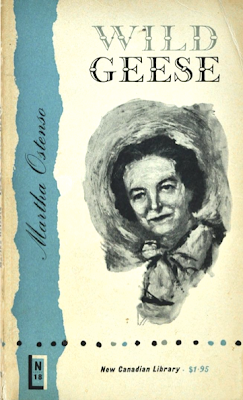A big tip of the hat and nod of respect this fine weekend to journalist Stephen Maher for doggedly pursuing a story which so many others picked up, dropped, allowed to escape and subsequently forgot. I refer, of course, to our prime minister's long promised history of the earliest days of the Dominion's national winter sport.
Last we heard – eleven months ago – the book had been subject to a bidding war. Mr Harper himself was to have chosen the winning publisher on 1 March 2012, but as noted on year nine, day 39 of this watch, no publisher stepped forward to claim victory. The prime minister's representative in this matter, Westwood Creative Agency, was similarly silent. Thanks to Mr Maher we now know that the lucky girl was Simon & Schuster Canada. Publication will take place sometime this year.
Today's news raises questions. The first concerns the participation of Greg Stoicoiu, a researcher who, like Preston Manning's George Pepki, has next to no web presence.
Mr Stoicolu has posted a few pleasant sketches on the Elboya Heights Community Association's Facebook page and had a whimsical cartoon published in the March 2012 edition of the Society for International Hockey Research's online Bulletin.* I should add that he is also amongst the dozens of people thanked for providing information on movie exhibition in Reel Time: Movie Exhibitors and Movie Audiences in Prairie Canada, 1896 to 1986, just out from Athabaska University Press.
Given the prime minister's day job and self-imposed constraint which allowed the history a mere fifteen minutes work a day, Mr Stoicoiu's contribution must be very substantial. Skeptics have raised the spectre of ghostwriters. I've never been a believer myself, and am more than willing to take the word of Bruce Westwood, founder and president of Westwood Creative Agency. As reported in Mr Maher's article:
“Remember this has not been ghosted,” he [Bruce Westwood] said. “This is Harper’s writing. It’s surprisingly good.”Surprisingly good. How's that for hype!
Never mind. What really caught my eye was Mr Westwood's comment that he's read only parts of the manuscript.
Only parts? Of what most certainly will be one of the biggest Canadian books of the decade?
It is finished, right?
* With the news, some are again making a big deal of the prime minister's membership in the Society. Once more, I point out that membership is open to anyone with thirty bucks to spare.
Related posts:














































